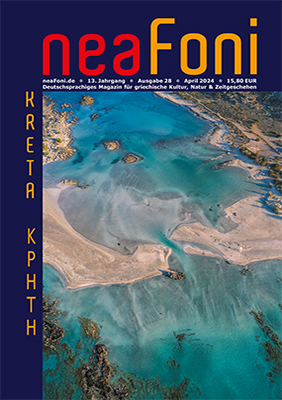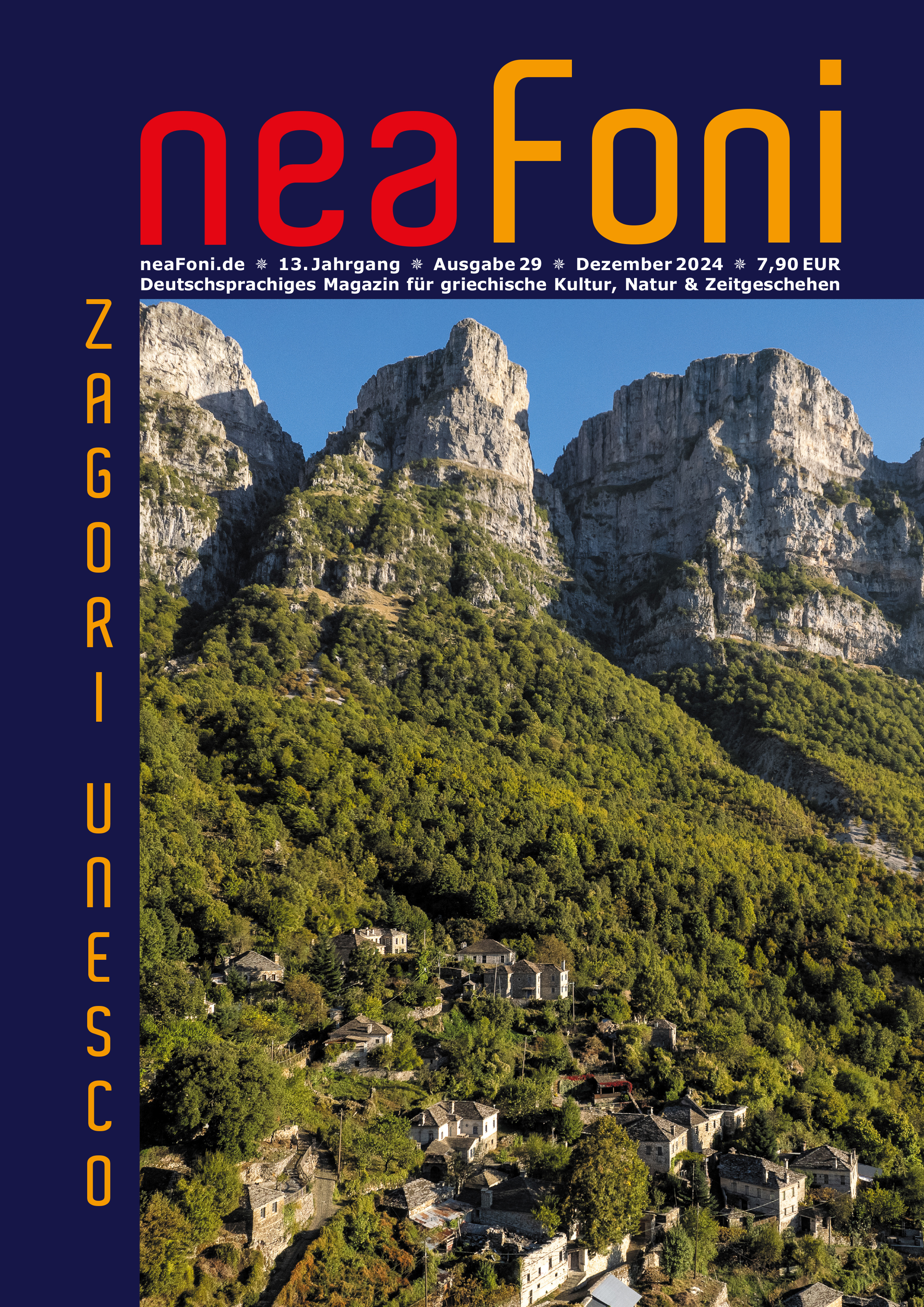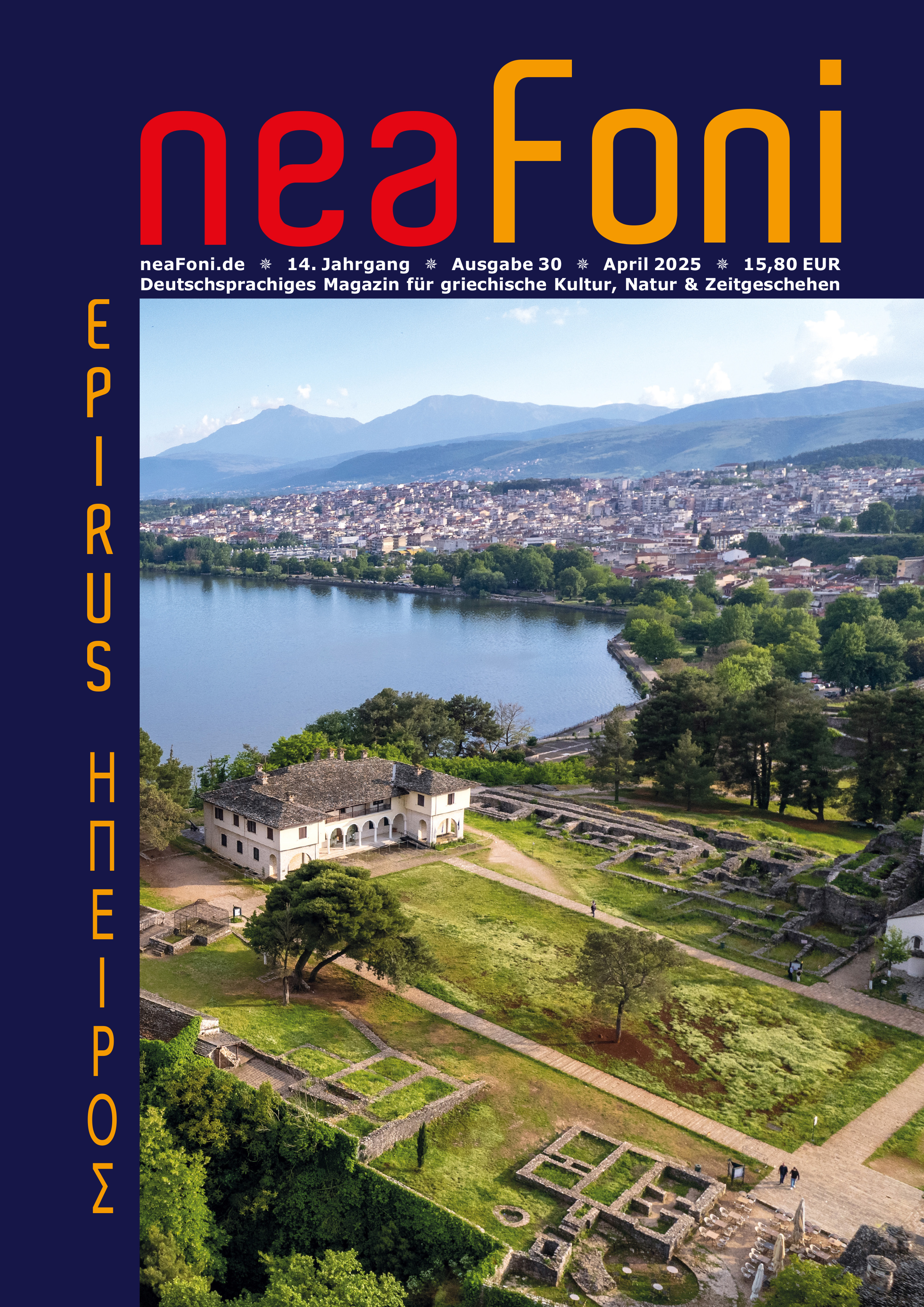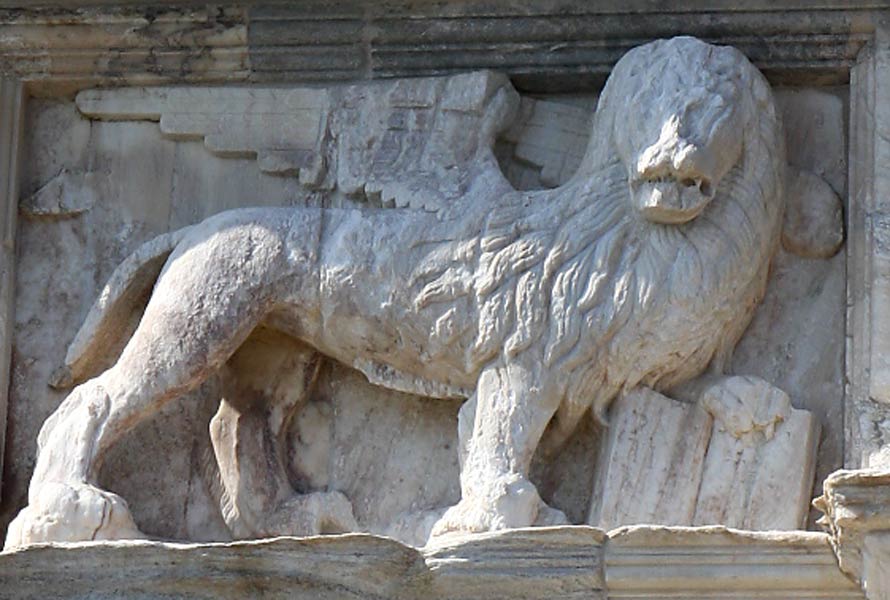Für die meisten Kreta-Reisenden ist die Inselhauptstadt Heraklion die erste Station, eine sehr vitale und erstaunlicherweise vom Tourismus unberührte Stadt. Hier kann man authentisches kretisches Leben kennenlernen. Zu Weltruhm gelangte Heraklion durch sein Archäologisches Museum. Ein Besuch dort zählt zu den aufregendsten Kunsterlebnissen nicht nur auf Kreta, sondern weltweit. Nach Möglichkeit sollte man zwei Besuche einplanen, um Einzelnes in Ruhe näher betrachten zu können. Im Heraklions Byzantinischem Museum wird die bedeutendste Sammlung kretischer Ikonen präsentiert, sehr passend untergebracht in der Kirche des Katharinen-Klosters, das durch seine Ikonenmalerei berühmt wurde. Wichtigste Ziele in diesem Bezirk sind aber zweifellos die minoische Hauptstadt Knossos, sowie Phaestos und Agia Triada. Hier, in den Hauptstätten der minoischen Kultur stand gewissermaßen die Wiege der gesamten abendländischen Kulturentwicklung. Aber auch weitere antike Stätten wie der minoische Friedhof von Fourni lohnen einen Besuch. Ein Stadtrundgang in Heraklion zeigt dem Besucher weitere Sehenswürdigkeiten wie die Stadtbefestigung, die Arsenale, hübsche Brunnen. Ein landschaftlich und geistig wahrhaft erhabener Ort ist das Grab des berühmten kretischen Dichters Nikos Kazantzakis. Unendliche Sandstrände laden nach den Besichtigungen zum Entspannen ein.
HERAKLION - Präfektur
176 Wörter 1 Minute 1.759 × gelesen
374 Bilder für das Keyword Heraklion gefunden.





